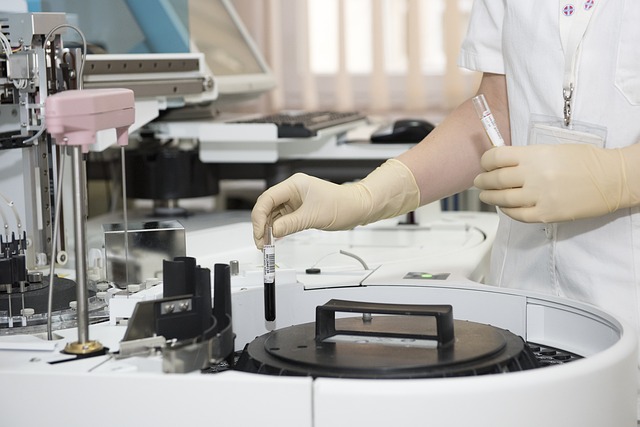Innovations Shaping Internal Medicine
Inner medication, a field devoted to diagnosing, treating, and blocking a wide range of person conditions, is undergoing outstanding transformation. Driven by advanced systems and amazing study, the internal Medicine (innere medizin) is developing rapidly. From cutting-edge wearable products to game-changing artificial intelligence methods, numerous improvements are revolutionizing how physicians produce care. Under, we examine some of the very impactful improvements shaping internal medication today.

Artificial Intelligence in Diagnostics Artificial intelligence (AI) is reshaping diagnostics in unprecedented ways. Device learning calculations is now able to analyze massive medical datasets, recognizing styles that the human eye may miss. As an example, AI-powered methods are helping identify conditions earlier in the day, from abnormalities in radiological runs to early-stage cancers. In accordance with recent studies, AI programs in diagnostics have demonstrated diagnostic precision comparable to, and sometimes better than, human physicians. AI can also be getting used to target personalized therapy plans. By studying patient information, such as genetic data and medical record, AI can recommend treatments with a greater likelihood of success. That accuracy medication approach not merely increases outcomes but in addition decreases unwanted treatments. Wearables in Individual Monitoring Wearable technology is revolutionizing how serious problems are monitored and managed. Devices such as smartwatches and exercise trackers collect real-time knowledge on heart rate, blood stress, oxygen saturation, and more. Physicians may influence these details to monitor their people remotely, creating early treatment possible when anomalies occur. The benefits are particularly significant for controlling chronic situations like diabetes, hypertension, and cardiovascular diseases. Rural patient tracking shows to lessen hospital visits and improve overall condition administration, addressing one of the essential problems in central medicine. Advances in Telemedicine Telemedicine continues to change healthcare by providing increased accessibility to medical services. Inventions in movie conferencing tools and rural health tools are rendering it easy for people to connect making use of their internists from the ease of these homes. Recent data spotlight the growing reputation of telemedicine, with use raising by over 30% in recent years. That development has been accelerated by the COVID-19 pandemic, showing telemedicine's possible as a long-term treatment for healthcare challenges in distant and underserved areas. Genomics and Individualized Medication Genomics, the research of genes and their functions, is unlocking new techniques in customized medicine. Breakthroughs in DNA sequencing let physicians to raised realize a patient's genetic makeup, tailoring therapies with their unique biology. Gene treatments are becoming increasingly common for treating uncommon genetic disorders, more featuring the significance of genomics in central medicine innovation.

Seeking Forward These improvements are simply the start of a fresh age in central medicine. As systems continue to advance and research develops, the possible to improve individual outcomes becomes much more significant. With AI, wearable units, telemedicine, and genomics paving the way in which, the continuing future of internal medicine appears promising and patient-focused.